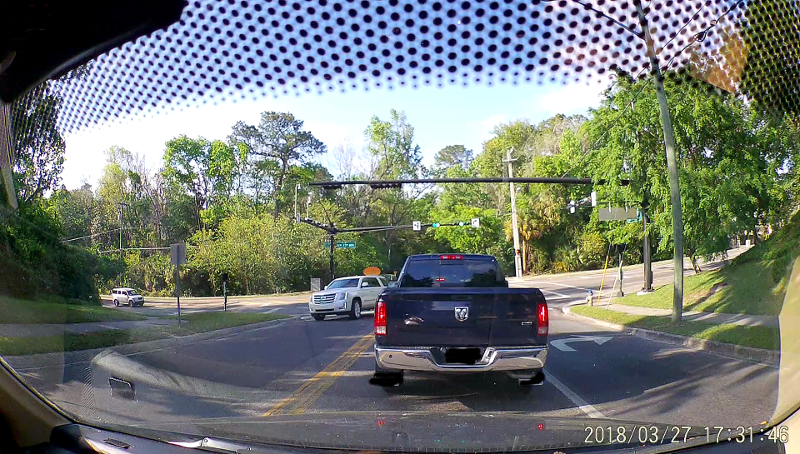I’m not interested in privacy tips right now, DuckDuckGo.
Zoom, I appreciate the offer to take your post attendee survey but I’d rather use that browser tab for something else right now.
No Confluence, I do not want to tell you how my publishing experience was. I guess I have to click an “X” to tell you that to get my screen real estate back from your question dialog now. Thank you for letting me know that you meet my minimum expectations by publishing my page when I told you to though.
I agree that the ability to block people in Google Drive is pretty important but I’m disappointed that I have to lose half an inch of screen until I click an “X” to be told about something that should have been part of the original system design.
Docker Desktop, your cash grab and r/assholedesign is now legendary. I look forward to my daily choice between clicking “Snooze” instead of “Skip this update” and killing all my Docker containers and losing my working context.
I genuinely thank you Chrome for your replacement of the options menu with the word “Update” in soft red without taking away any functionality or using any significant space. I really appreciate your thoughtful and non-invasive prompt. This is a rare example of asking me to do something without inserting yourself between me and the work I am trying to do right now.
Among the many things I have to decide today, I don’t think the choice of upgrading a wiki page to the new editor warrants an unclosable strobing purple and green circle in the footer during the entire time I’m making changes to a Confluence page.
It is also my pleasure to inform Apple that they have managed to construct the least reliable computer I have touched since my Windows NT 4 dual Pentium III workstation from 2000. At least when it reboots itself every other week, as it did this morning, it restores all its windows mostly correctly instead of just turning blue and saying “IRQL NOT LESS OR EQUAL”.
Lever, I’m sure the fact that I have not integrated my email and calendar with your service is lowering someone’s KPIs but an undismissable overlay on every page is not a great way to make me care.
And, as a special bonus, thank you Google for the modal “Getting Started” pop-up you showed me as I was collecting my notes to write this post. It is great that you replaced the perfectly adequate Hangouts with some other, probably also perfectly adequate but Totally New, thing that I have to spend time clicking through cheery screens to learn about.
For a week I kept track of all the things that appeared and forced me to deal with them before I could return to work. Somewhere in the past few years I feels like my computer changed from doing work for me to asking me to do work for it.
And in case you don’t see yourself mentioned by name, I’d like to tell you from the very bottom of my heart that I will never want your newsletter.

